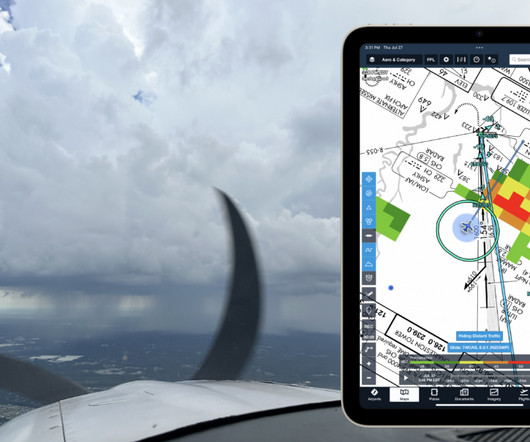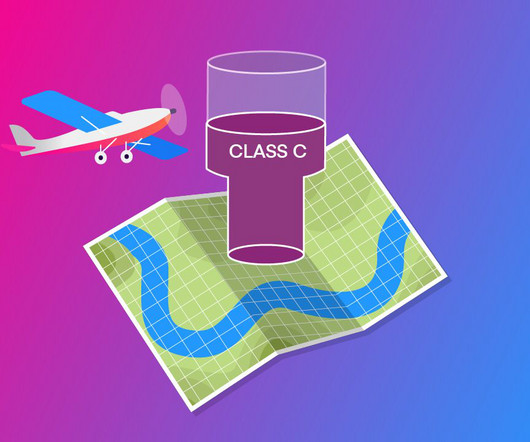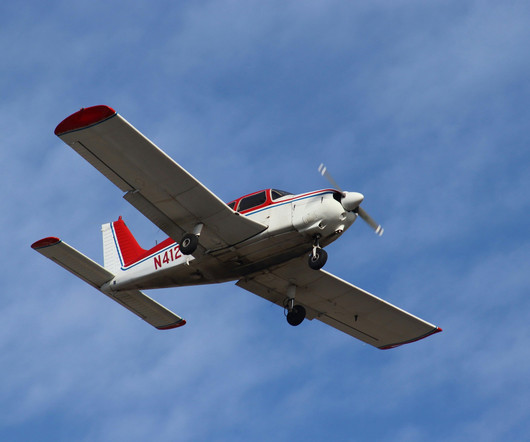Long Trips & Small Airplanes
Plane and Pilot
AUGUST 6, 2024
Also, from when I lived out West, there was the mountaintop clearance guideline—1,000 feet for every 10 knots of wind, with 30 knots meaning no-go. But if I was going VFR over strange territory, I would want lots more than 1,000 feet agl. I broke down and used airline miles. And then there’s headwinds.













Let's personalize your content